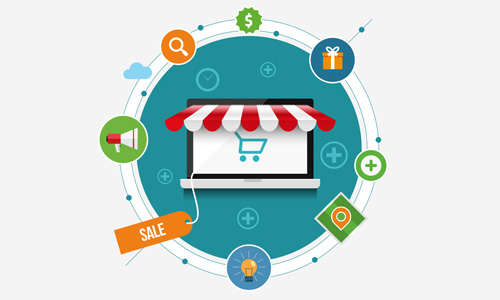
In September 1958, Bank of America issued BankAmericard, the first successful modern credit card, which would eventually get licensed out to other U.S. banks and people around the world. In 1976, BankAmericard licensees united under the common brand Visa. The rest, as they say, is history.
Occurring 50 years ago, this monumental shift in purchasing behavior was just as significant as the shifts we face now in the digital age. Are we prepared to say goodbye to plastic forever?
Mobile payment technology, sometimes called contactless payment, is finding its footing here in the U.S. In 2016, the term mobile wallet will become more recognizable as people become more familiar with the term and merchants opened their doors to the new technology.
What Is a Mobile Wallet?
In some ways, the mobile wallet is just a new middleman—replacing the plastic you currently have in your wallet for virtual versions you keep secured and stored on your phone. When you go to buy gas or groceries, you won’t reach for your wallet; you’ll instead grab your smart device.
Apple Pay and Android Pay are leaders in the industry for obvious reasons; they enjoy preferential treatment from their namesake designers and developers. That being said, there are third-party apps available, which offer mobile wallet payment systems that feature bells and whistles of all varieties.
In addition to paying for food and gas, mobile wallets offer the unique feature of making payments to other people (peer-to-peer payments). This allows users to proliferate commerce on a micro scale with incredible ease of use and, in some cases, instantaneous electronic cash transfers.
Understanding Mobile Wallet Users
While the mobile wallet industry is currently working overtime, the user base is still somewhat limited. Unsurprisingly, millennials and high-income households are among the strongest user demographic, with 23 percent and 38 percent using mobile payment tech at least once a week respectively.
However, despite these limited numbers, eMarketer predicts over 200 percent growth in the total value of mobile payment transaction in 2016—that’s over $27 billion.
Future Infrastructure and Rewards
Don’t throw away all your plastic cards just yet. Even thought the industry as a whole is growing significantly, the fact remains that more merchants are needed to invest in the infrastructure of contactless payment methods before it can truly catch fire the way some predict it will next year.
In addition to getting popular retailers on board, the other hurdle will be to demonstrate a clear value proposition for consumers. This means setting up rewards programs, making partnerships with big retailers, and serving special offers.
Android Pay, for example, is partnering with Coca-Cola to award wallet users points towards Coca-Cola purchases. In essence, this is the same strategy that credit card companies employ when assigning benefits to their cardholders. The only difference is that there are no cards.
Be on the lookout this year for new payment features at your favorite restaurants, boutiques, and big-box retailers. In the future, if you forget your wallet, you can still pay for lunch.